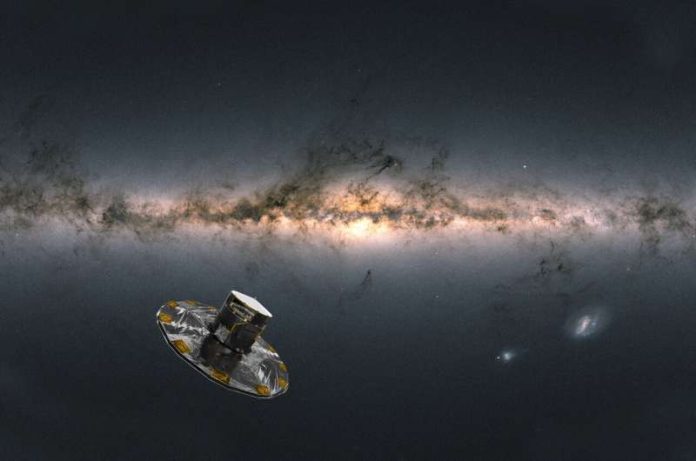
After more than ten years in space, the European Space Agency (ESA) has officially said goodbye to its Gaia spacecraft. On 27 March 2025, Gaia was powered down and sent into a quiet orbit around the Sun.
Although the spacecraft has stopped working, the science it made possible is only just beginning.
Launched in 2013, Gaia was built to create the most detailed map of our galaxy, the Milky Way.
Over the years, it measured the positions, movements, and properties of nearly two billion stars and other space objects.
Thanks to Gaia, scientists now have a much better understanding of how our galaxy looks and how it has changed over time.
Gaia helped discover star clusters, black holes, and even planets outside our solar system. It tracked asteroids, studied distant galaxies, and revealed that our galaxy has merged with others in the past. It also gave us the most realistic image of how the Milky Way would appear to an outsider.
End of a mission, not the end of science
Although Gaia’s work in space is over, scientists will keep studying the data it collected for many years.
New releases of Gaia’s data are planned for 2026 and 2030, and these will continue to provide exciting insights into the universe.
“Gaia’s data is like a goldmine for astronomers,” said Gaia Project Scientist Johannes Sahlmann. “It will shape our understanding of the cosmos for decades.”
A careful goodbye
Gaia’s mission was supposed to last five years, but it kept going for over ten. As its fuel ran low, ESA had to make sure the spacecraft wouldn’t accidentally interfere with other missions.
Gaia had been working near a special spot in space called the second Lagrange point (L2), which is used by many other missions.
Turning Gaia off was no easy task. The spacecraft was designed to survive harsh conditions like space radiation and loss of contact.
It had many backup systems that could turn it back on if something went wrong. ESA’s team had to carefully shut down all of these systems and make sure Gaia wouldn’t wake up again.
They used its thrusters one last time to move it into a safe orbit around the Sun, where it will stay far from Earth for at least 100 years. Then they turned off its systems, corrupted its software, and finally shut down its computer.
A personal farewell
For the team behind Gaia, saying goodbye was emotional. Some engineers had worked on the mission for years.
To honor their efforts, ESA saved the names of 1,500 team members in Gaia’s memory, along with personal farewell messages. Now, Gaia carries a part of its team with it forever as it drifts through space.
“Gaia changed the way we see our galaxy,” said Mission Manager Uwe Lammers. “We will never forget Gaia — and Gaia will never forget us.”
Source: European Space Agency.



